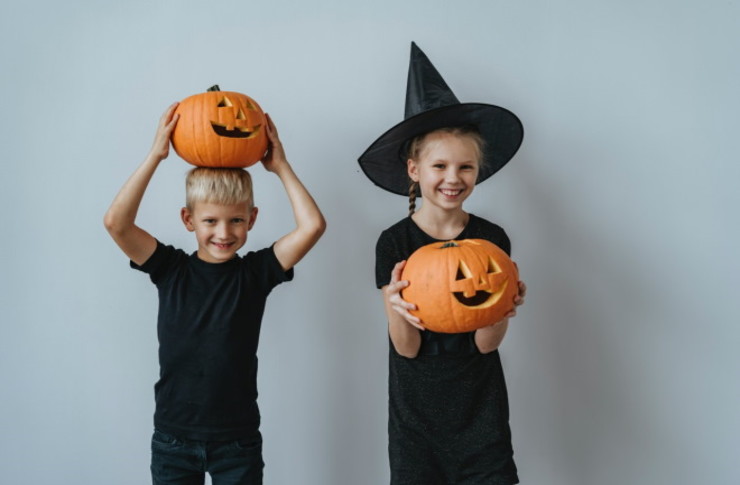Halloween: Traditions, Decorations, Costumes, and Technology
Halloween combines centuries-old traditions with contemporary practices, blending ritual, community, and creativity. Originating from older autumn observances in parts of Europe, the holiday evolved through religious and folk customs into a largely secular celebration in many countries. Today’s Halloween includes activities such as trick-or-treating, parties, and themed events; it also embraces culinary traditions, craft projects, and a growing use of technology for decorations and virtual gatherings. This article outlines how pumpkin use, decoration choices, costume planning, and technology intersect with Halloween practices while noting practical and safety considerations for families and communities.

halloween: origins and modern traditions
Halloween traces some roots to Celtic autumnal festivals like Samhain, which marked seasonal transitions and held beliefs about the boundary between living and spirit worlds. Over time, elements from Christian observances such as All Hallows’ Eve merged with local folk customs. In modern practice, communities adopt traditions selectively: trick-or-treating and neighborhood parties in some countries, public festivals and parades in others. The holiday often reflects local culture and priorities, so checking local services and community guidelines can clarify accepted practices and safety advice in your area.
pumpkin carving, food, and symbolism
Pumpkins are widely associated with Halloween, particularly in North America where the gourds are plentiful each autumn. Carving pumpkins into jack-o’-lanterns is a popular craft that can be adapted for safety and sustainability: using battery-operated lights instead of candles, recycling pumpkin flesh in soups or compost, and choosing designs appropriate for all ages. Pumpkin seeds are commonly roasted as a snack, and many recipes and community events celebrate the harvest. Historically, other root vegetables were carved in some regions; the pumpkin became dominant where it was available.
decoration ideas for home and public spaces
Decoration ranges from simple window silhouettes to elaborate yard displays. Popular approaches include thematic scenes, mood lighting, and reusable materials to reduce waste. When planning decorations for public-facing displays, consider local ordinances and neighbor impact: avoid obstructing sidewalks, reduce noise during late hours, and use weather-resistant materials. For indoor settings, prioritize flame-free illumination and secure fixtures. If hiring local services for large setups, ask about safety inspections and whether the team follows local codes; many municipalities list certified providers or guidance on temporary decorations.
costume planning and safety tips
Costumes combine imagination with practical considerations. When assembling outfits, think about visibility (reflective strips for nighttime), mobility, and fire-resistant fabrics if open flames are present. For children, ensure masks or makeup do not impair breathing or vision; test face paints for allergic reactions before extended wear. Costumes can also be sustainable by repurposing existing clothing or borrowing items from local costume exchanges. For group events, coordinate themes and ensure costumes are culturally respectful; avoid offensive stereotypes and verify any venue requirements regarding props or face coverings.
technology, events, and online trends
Technology influences Halloween through smart decorations, projection mapping, and virtual events. Home automation can schedule lights and audio effects; projection systems create dynamic facades without permanent alterations. Event organizers use social platforms and ticketing systems for coordination, but online tools can experience rate limiting or service errors under heavy traffic—for example, messages like “Too Many Requests” may appear when systems protect themselves from overload. When planning digital components, account for connectivity limits, test setups in advance, and use platforms that provide clear support and scalability.
Conclusion
Halloween remains a flexible cultural observance that blends historic elements with modern creativity. Pumpkins and decorations offer visual and culinary ties to the season, while costumes provide a space for playful expression and careful planning. Technology expands possibilities for immersive experiences but brings practical considerations like system limits and planning for public safety. Whether participating through small family activities or larger community events, being mindful of safety, sustainability, and local guidance helps preserve the festive spirit while minimizing risks.




